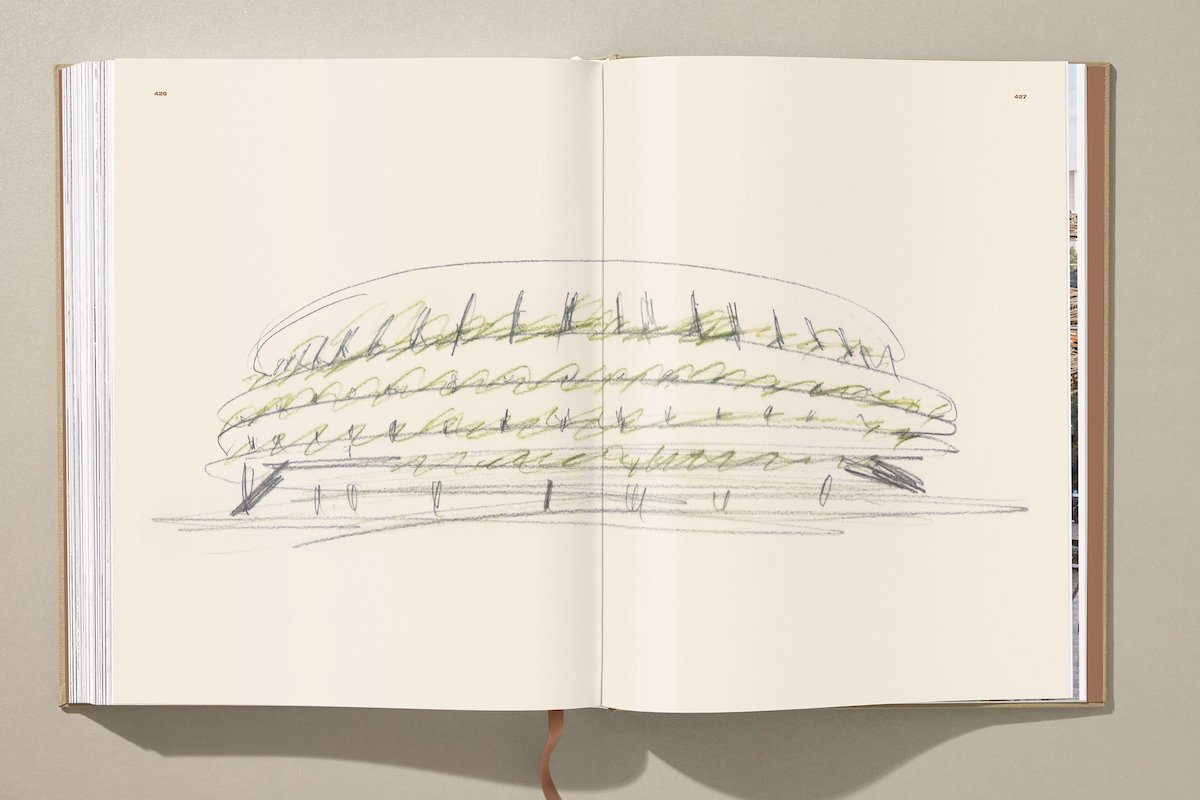... then we would like to introduce you to a few promising winners here. We would like to get you in the mood for the Tokyo Olympics with the following two publications: "Japanese Design since 1945" from the DuMont publishing house and a comprehensive study of the work of Kango Kuma, the visionary who was also responsible for Japan's national stadium for the Summer Olympics. The XXL monograph will be published shortly by Taschen.

The legendary architect Kengo Kuma teaches at the Graduate School of Architecture at the University of Tokyo, where he also runs his own studio, the Kuma Lab. We are presenting his monograph in light of the Olympic Games, because his influence on sustainable architecture earned him a unique project: Japan's national stadium for the Summer Olympics, originally planned for 2020. Such a building is not only unprecedented in size. It also contributes significantly to the self-image of the venue. For Kuma, it meant applying his sustainable approach to the planning. He is quoted as saying that the stadium could act as a catalyst that "transforms the current concrete city of Tokyo back to its former glory. With this example, I want to contribute to changing the direction of Japanese architecture."
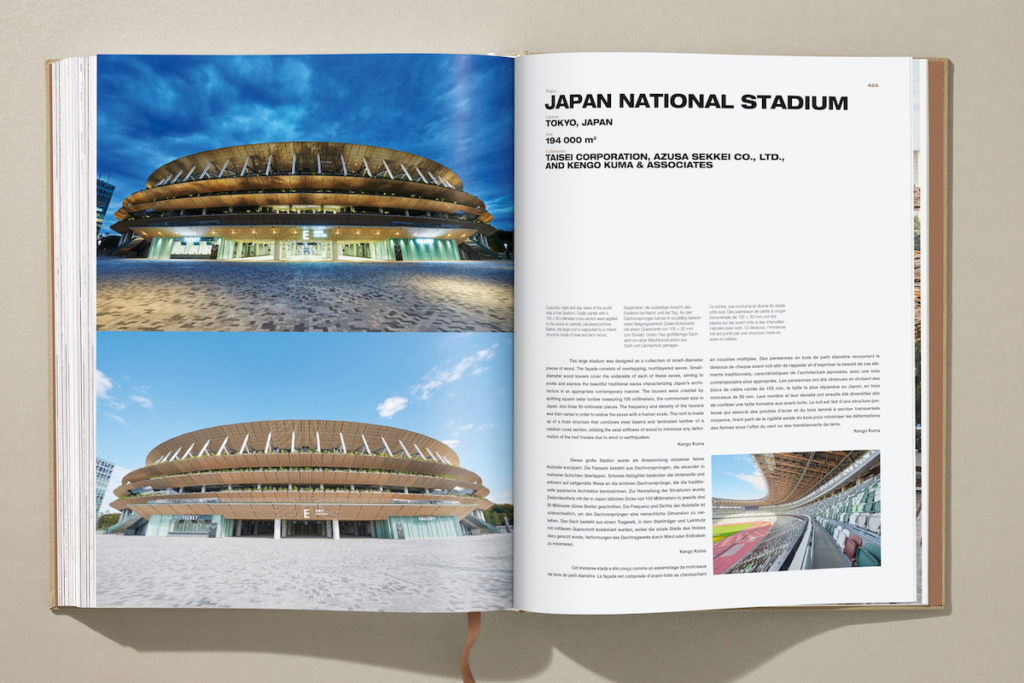
In addition to the sustainability of a building, Kuma's designs also stand for exciting, tactile architecture. The buildings he designs are often characterized by appealing surfaces and highly innovative structures. He often designs with fluid forms or walls that are permeable to light and air. In the case of a chapel in the Japanese province of Nagano, for example, he used birch trunks and moss. He always extracts surprising qualities from his materials and demonstrates an extraordinary sensitivity to space, light and texture.

His home country reveres Kengo Kuma as someone who gave Japanese architecture new strength and lightness. He turned away from the modernist skyscrapers of the 20th century and developed sustainable approaches on numerous trips to Japan. In his work, he understands local craftsmanship and resources as a treasure and translates them into site-specific and contemporary buildings.
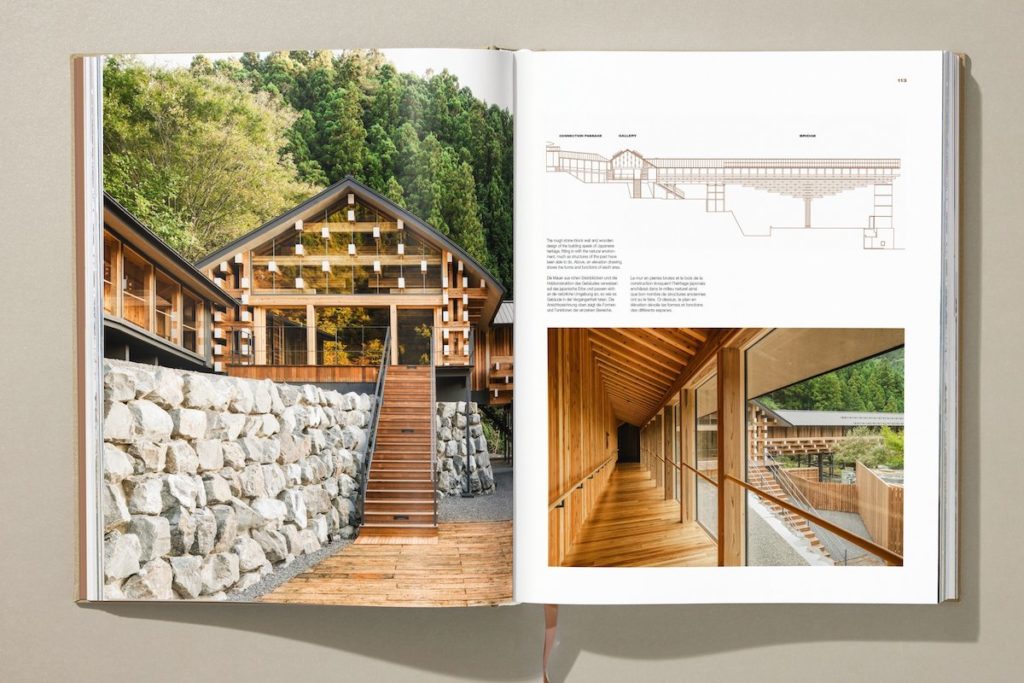

"Kuma. Complete Works 1988-Today" is realized using two different types of paper on 460 pages in hardcover.
You can pre-order the book here.
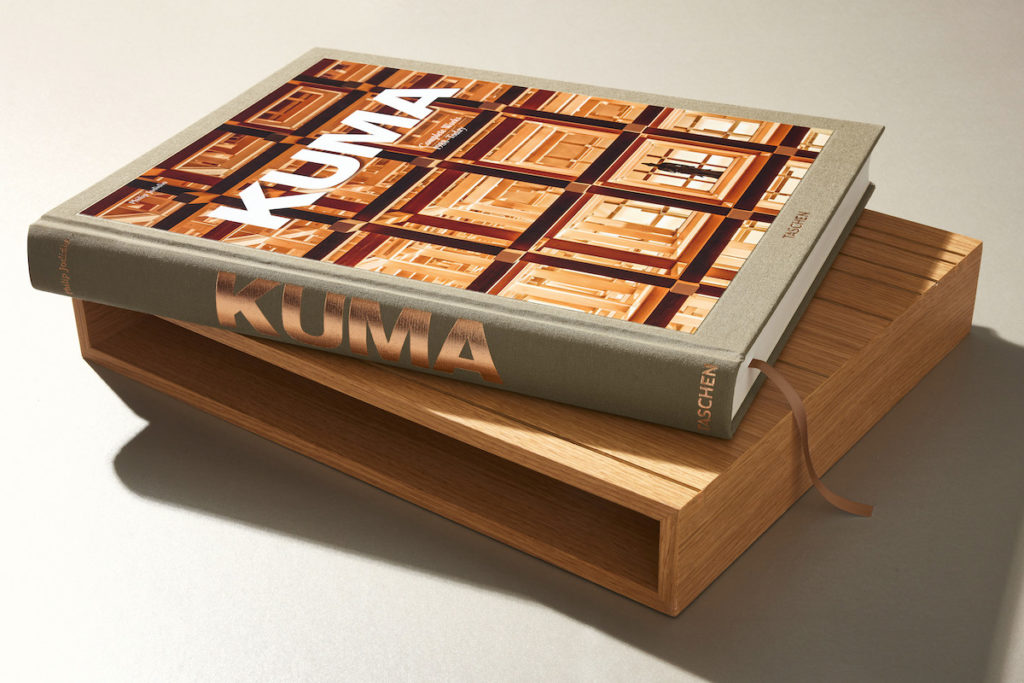
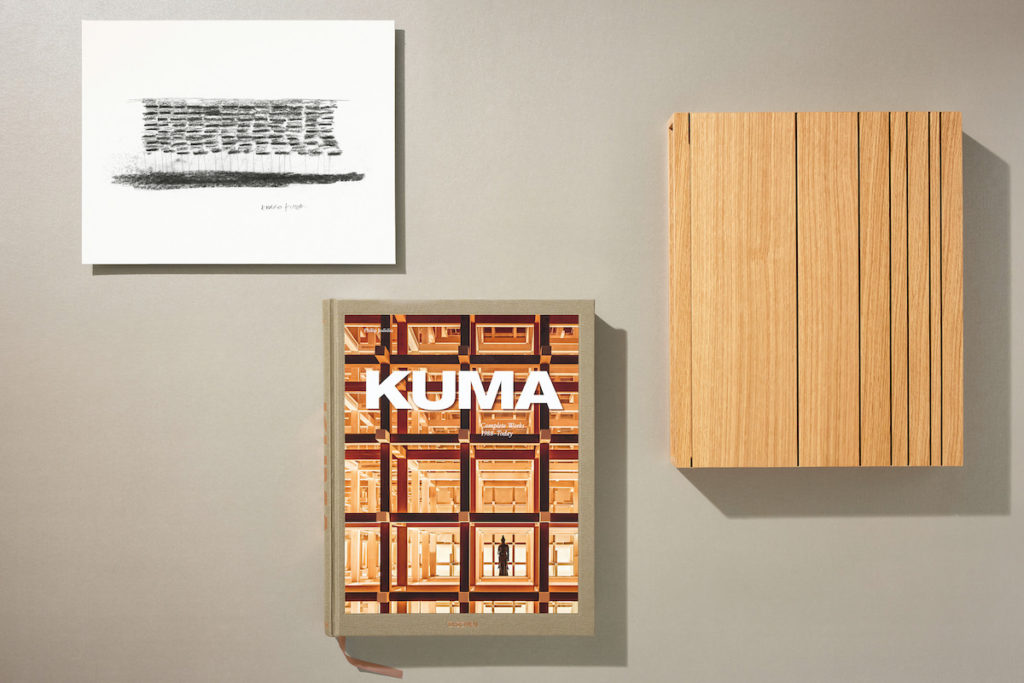
As a Famous First Edition, you can order an edition of the numbered first edition of 5,000 copies. For special fans, Taschen is publishing an Art Edition limited to 200 copies, with a heliogravure of an original drawing signed by Kengo Kuma. It comes in a wooden slipcase, designed by Kuma and made in Japan.
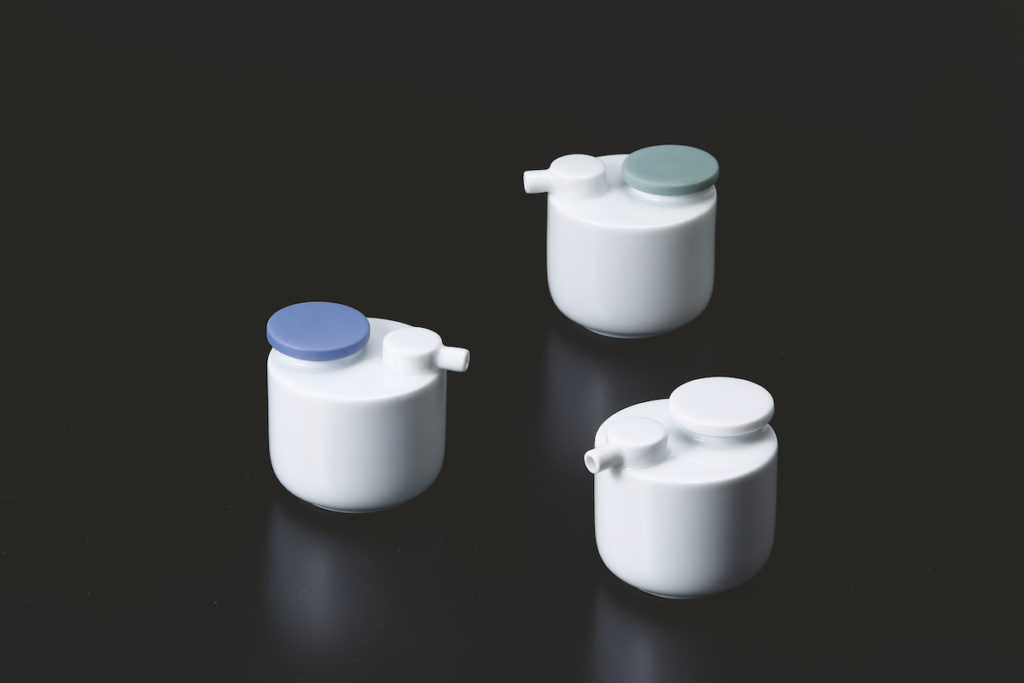
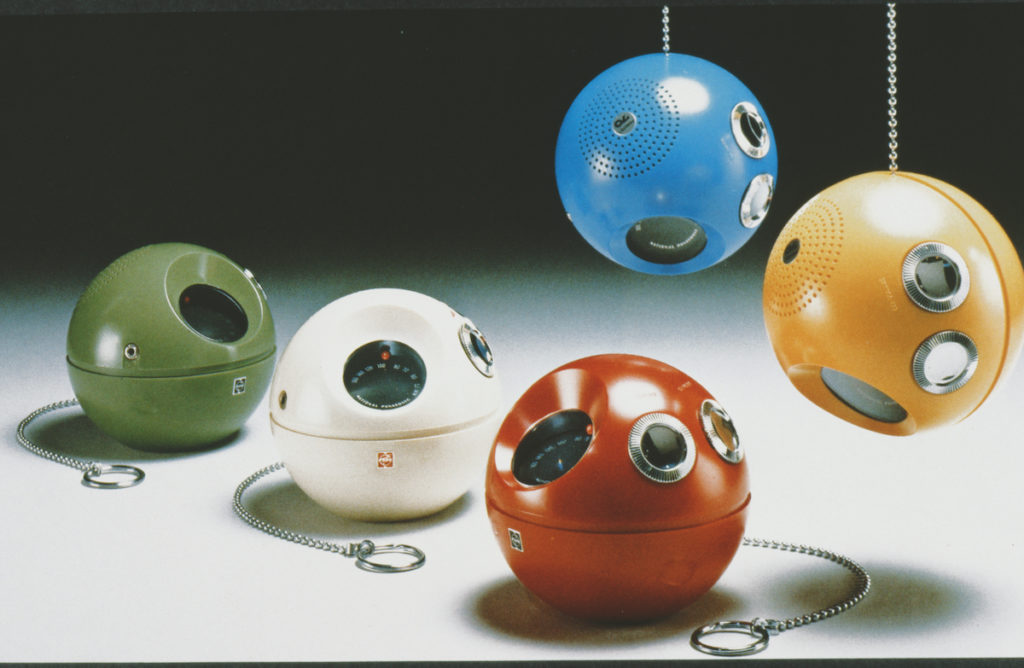
The standard work "Japanese Design since 1945" also presents itself particularly elegantly in its high-quality slipcase and bright red cover. No wonder, as it shows the entire impressive range of Japanese design from the last few decades. The US architect Naomi Pollock, who lives in Tokyo, deals almost exclusively with Japanese design. In this book, she presents eighty designers and hundreds of objects from the most diverse areas of life in detail.
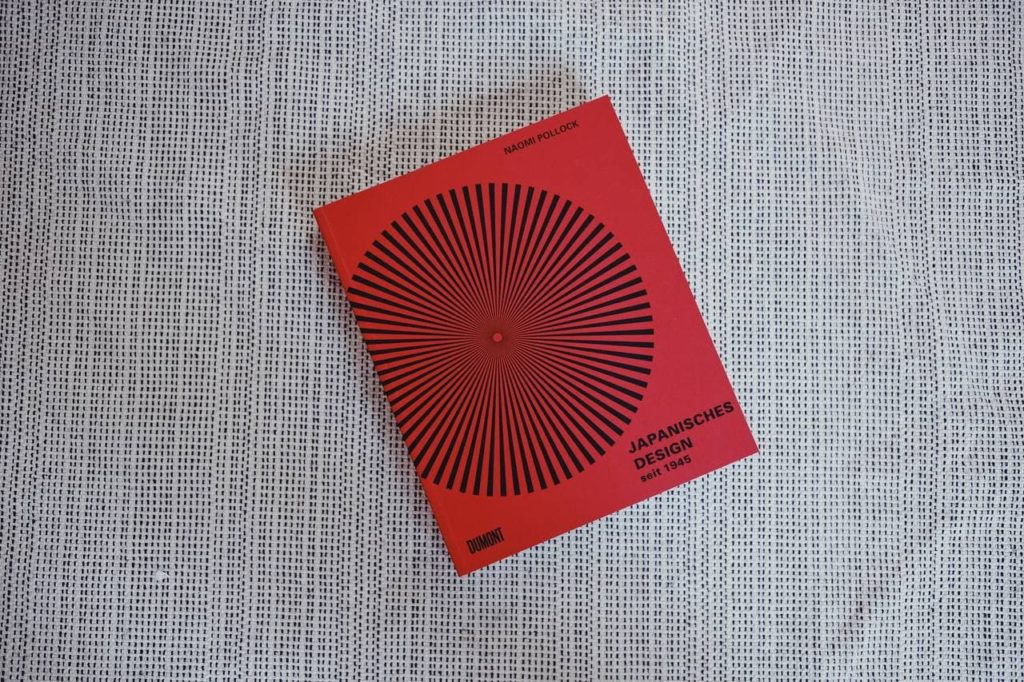
This standard work shows beautifully designed everyday products that are simple but ingenious, functional and visually appealing at the same time.
The portraits are accompanied by detailed essays. The book is exemplary of the devoted enthusiasm for traditional craftsmanship. However, it also shows how simple everyday objects are produced to a high standard and thus achieve a timelessness that has been an important part of Japanese culture for centuries. Pollock is dedicated to the Japanese self-image of useful, aesthetic designs of completely different products: These range from furniture, lighting, tableware and textiles to electrical appliances and packaging - including popular icons of Japanese design such as Sori Yanagi's "Butterfly Stool", Isamu Noguchi's "Akari Light Sculptures", Kenji Ekuan's "Kikkoman" soy sauce bottle and Sony's "Walkman".
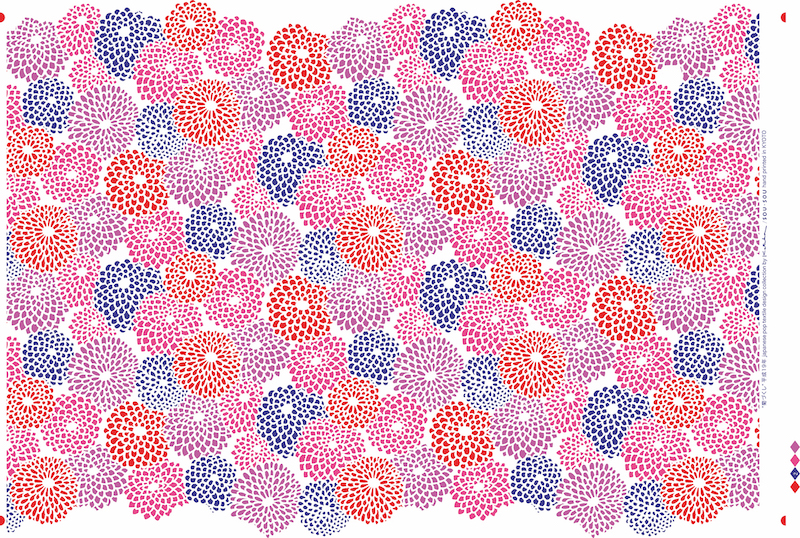
Katsuji Wakisaka, Textile Design Kikuzukushi
Let yourself be surprised and discover outstanding design as it is found in Japanese offices, stores, restaurants and cafés, but above all in the home - and has been for decades. With a foreword by Masaaki Kanai, Chairman of Ryohin Keikaku, manufacturer and retailer of MUJI.
Naomi Pollock "Japanese Design since 1945"
Translated from the English by Nina Goldt and Annika Klapper, original title: "Japanese Design since 1945"
448 pages, with 700 color and 50 b/w illustrations
Softcover in slipcase
Order Naomi Pollock's comprehensive collection here.


